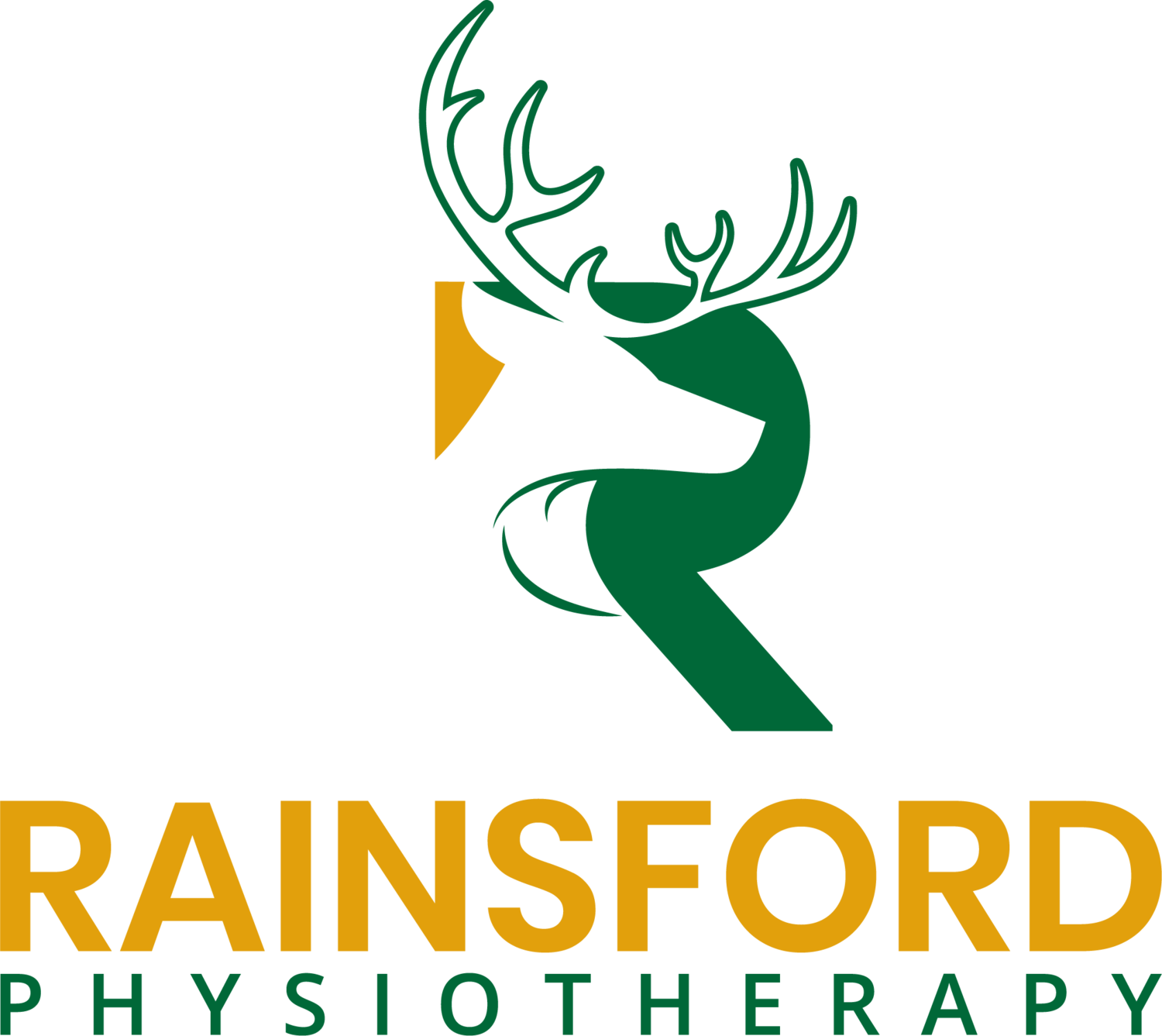What are the Canadian Physical Activity Guidelines?
Published by the Canadian Society for Exercise Physiology (CSEP), the Canadian Physical Activity Guidelines(1) outlines research evidence-based advice on what amount of exercise is required for maintaining a healthy lifestyle.
Did you know that different age groups and populations have different activity requirements? Well, it’s true! There are specific guidelines for:
Children 0-4 years
Youth 5-17 years
Adults 18-64 years
Adults 65 years and older
Those who are pregnant
Those living with Multiple Sclerosis (MS)
Those living with Spinal Cord injuries
For example, the guidelines for adults aged 18-64 years old recommends (1,2):
Being active for at least 150 minutes per week, of moderate to vigorous intensity
Including strengthening exercises of the major muscle groups 2 days per week
What is moderate to vigorous intensity you ask? I would generally say that if you would have difficulty maintaining a fluid conversation with someone (ie. having to pause often to catch your breath) then you are exercising to at least a moderate intensity.
PLEASE REMEMBER: Check-in with a healthcare professional you trust to ensure that exercising this volume and to this intensity is appropriate for your unique health and medical history.
What modes of movement can count as exercise?
Exercise is normally described as movements of the body that require physical effort and work towards a goal of improving health, wellness, and fitness. Using this criteria, suddenly a lot of what we do during the day can count!
Neighbourhood walks, including dog walking
Gardening
Physical household chores
Regularly taking the stairs
Walking or cycling for our commute
Of course, sports, gym or home workouts, and other personal physical activity that elevates your heart rate and engages the large muscles of the body also counts as Exercise. The trick is aiming to accumulate at least 150 minutes of exercise, of the appropriate intensity, and also include strengthening.
Part of a holistic approach
Importantly, exercise is just one component of a healthy lifestyle(1). Diet and hydration, social engagement, mental health, sleep duration and quality, and reducing sedentary time (eg. sitting or lying outside of sleep), spiritual health, and more are also important to address when thinking about a healthy lifestyle.
Don’t know where to start? Chat with a healthcare professional you trust to develop a plan!
References:
Information retrieved on January 14, 2023 from: https://csepguidelines.ca/
Information retrieved on January 15, 2023 from: https://www.canada.ca/en/public-health/services/publications/healthy-living/physical-activity-tips-adults-18-64-years.html
- Thanks for reading and keep looking for more posts in the future on other ‘hot topics’ in the world of Physiotherapy and Physical Rehabilitation!

